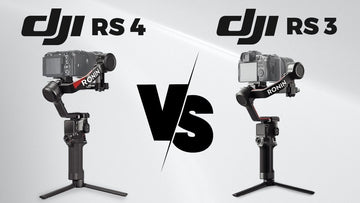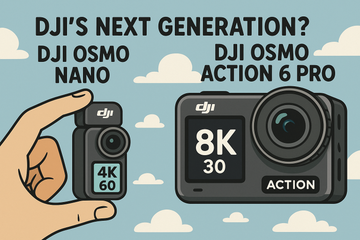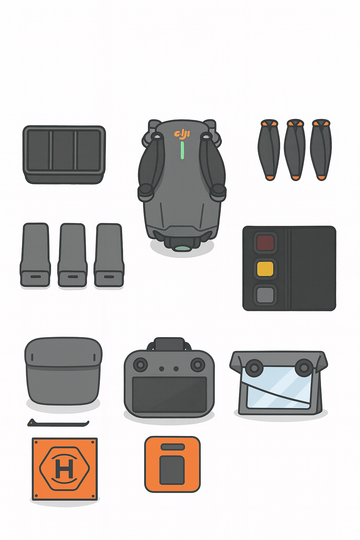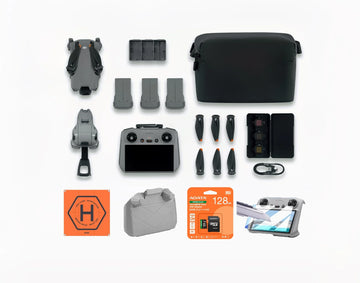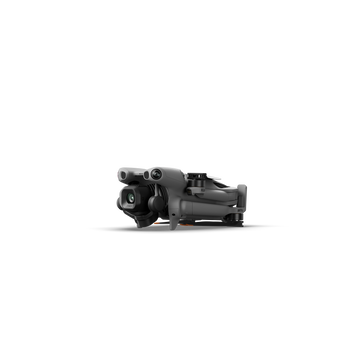If you’re deciding between the DJI RS 3 and the new DJI RS 4, the differences come down to workflow refinements and smarter shooting options. Both support the same payload, but the RS 4 introduces upgrades that can make a real difference for modern content creators.
What Stays the Same
-
Payload Capacity: Both the RS 3 and RS 4 handle up to 3 kg (6.6 lbs), perfect for most DSLR and mirrorless setups.
-
Battery & Motor Power: No major change—runtime and torque remain consistent.
-
Core Modes: Both models include classic features like Pan Follow, Tilt Lock, and Sport Mode.
What’s New in the RS 4
1. Native Vertical Shooting
Switch instantly between horizontal and vertical with a single action—no extra plate or rebalancing needed. This is a huge upgrade for creators shooting social content.
2. Smoother Roll Axis Adjustment
The RS 4 introduces improved bearing mechanics on the roll axis, making balance adjustments easier and more stable.
3. Upgraded Axis Locks
Second-generation axis locks reduce play when locked, giving you tighter stability during transport or quick setup changes.
4. Slightly Heavier but More Robust
The RS 4 weighs a bit more than the RS 3, but the sturdier frame adds precision and durability.
RS 4 vs. RS 3: Side-by-Side
| Feature | DJI RS 3 | DJI RS 4 |
|---|---|---|
| Payload Capacity | 3 kg (6.6 lbs) | 3 kg (6.6 lbs) |
| Battery & Motors | Same as RS 4 | Same as RS 3 |
| Vertical Shooting | Requires extra plate & rebalance | Native one-click switching |
| Roll Axis | Standard adjustment | Upgraded bearings, smoother feel |
| Axis Locks | First-gen, quick | Second-gen, more precise |
| Weight | Slightly lighter | Slightly heavier, sturdier |
Should You Upgrade?
-
Upgrade to RS 4 if...
-
You shoot a lot of vertical content for TikTok, Reels, or YouTube Shorts.
-
You want faster balancing with more stable locks and smoother mechanics.
-
Durability and precision matter for professional use.
-
-
Stick with RS 3 if...
-
You’re happy with its performance and don’t need instant vertical shooting.
-
A lighter frame is more important than minor refinements.
-
Final Verdict
The DJI RS 4 doesn’t reinvent the wheel—it refines it. If vertical shooting and smoother handling fit your workflow, the RS 4 is a smart upgrade. If you’re still satisfied with your RS 3, it remains a capable stabilizer for most filmmakers.
#DJIRS4 #DJIRS3 #CameraGimbal #GimbalComparison #VerticalShooting #VideographyTips #CinematicFilmmaking #ContentCreatorTools #SpeedyDrone


